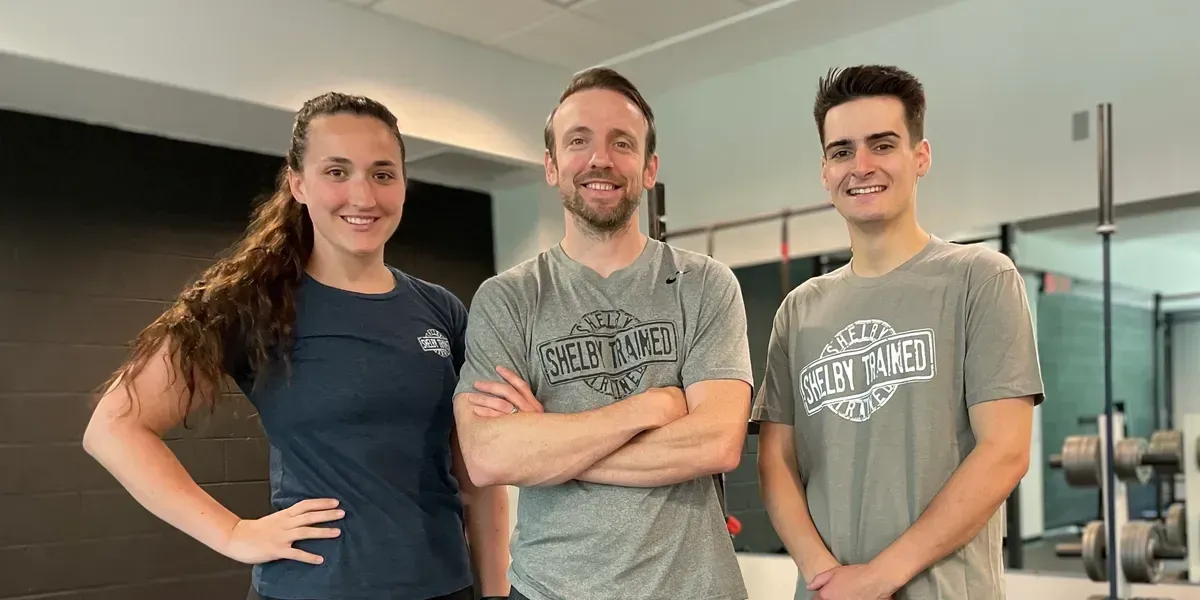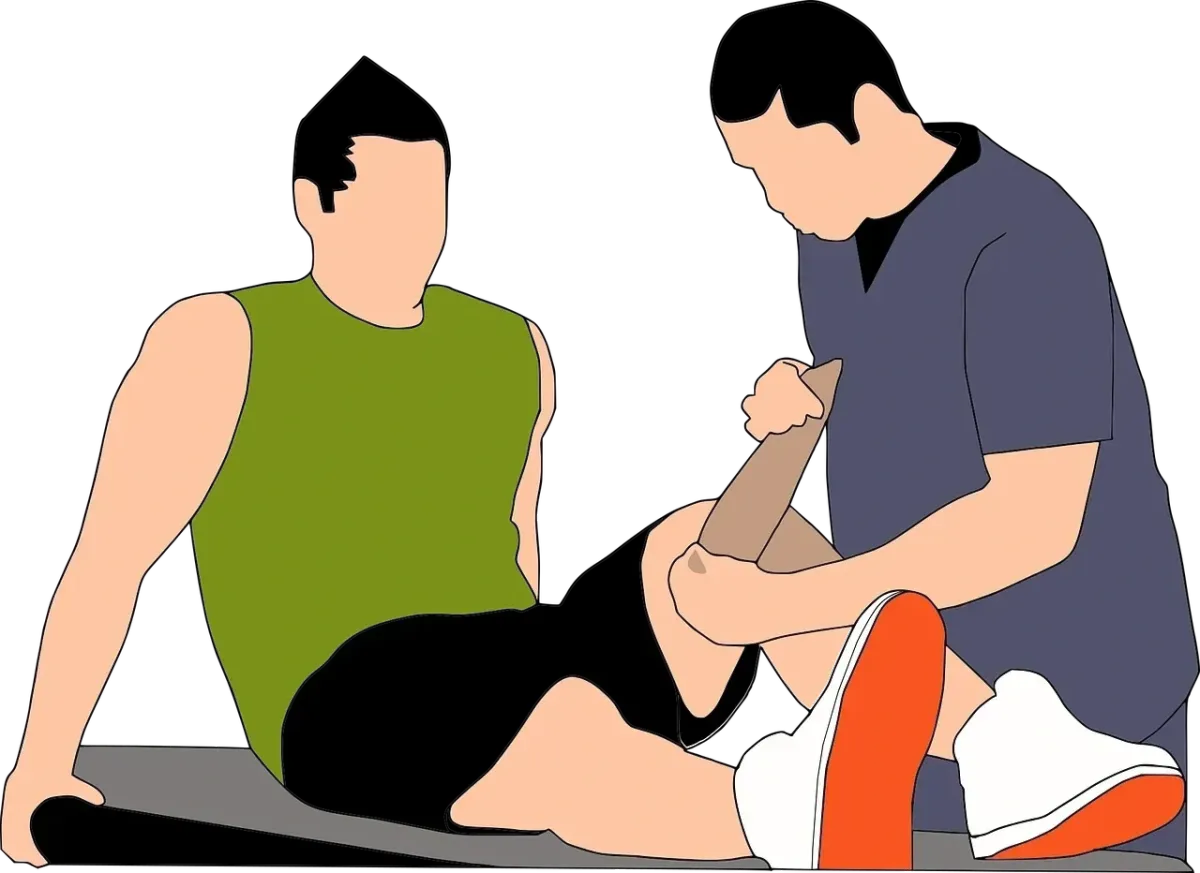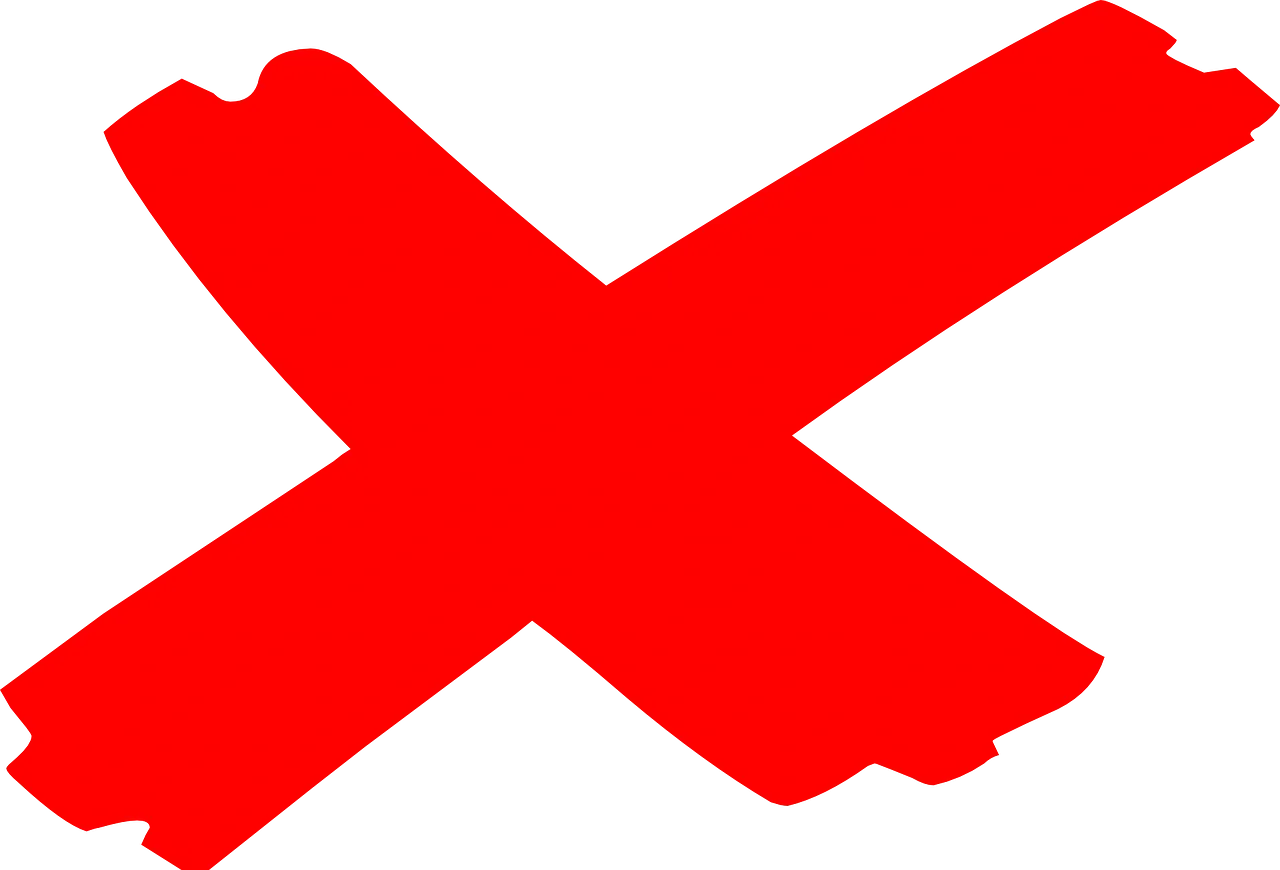Training Facility and Gym: 2 DeLorme Drive, Yarmouth, Maine 04097 | 207-212-8371

PROVIDING SIMPLE, EFFECTIVE, AND PERSONALIZED SOLUTIONS
ARTICLES
The Nutritional Bank Account
“Don't spend more than you make."
The Nutritional Bank Account
We’ve all heard the financial advice: Don’t spend more than you make. The same rule applies to nutrition. Every day, you have a caloric “income” and “expenses.” And just like managing money, poor spending habits can creep up on you—leading to weight gain, chronic fatigue, and a sluggish metabolism.
I learned this the hard way.
At one point, I had dropped 20 pounds of muscle, averaged just 3,000 steps per day, and found myself in the high risk zone for abdominal fat. On the outside, I looked skinny—but underneath, I was metabolically broke.
The good news? You can build your health savings account back with a simple framework. Let’s break it down.
Calories = Currency
Your body is a metabolic bank account. The calories you burn are your income. The calories you consume are your expenses. Long-term health depends on living within that caloric budget.
Your Caloric Income Comes From:
BMR (Basal Metabolic Rate) – your "base salary" for existing
Physical Activity – intentional exercise + daily movement
Food Processing (TEF) – calories burned just to digest food
Lean Muscle Mass – the more you have, the more you earn
And like with real income:
It decreases with age
It’s influenced by gender and genetics
It can be improved with smart investments (more on that soon)
The BMR: Your Base Salary
Your BMR is how many calories you’d burn if you stayed in bed all day. It powers your brain, heart, and organs—no squats required.
🧠 Want to find yours? Try tools like smart scales, wearables, or the Mifflin-St Jeor equation.
Mine has dropped by ~75–100 kcal over time due to muscle loss. But here’s the fix…
Muscle = Metabolic Gold
Muscle is your long-term investment. It burns 7–10 kcal per pound per day, while fat burns just 2–3.
Adding even 5 pounds of muscle could help you burn over 9,000 extra calories a year—enough to offset nearly 3 pounds of fat without changing anything else.
Your Expenses: What You Eat and Drink
Think of these as your "debits":
Food & Drink – Whole foods are cheaper to process (calorically)
Alcohol & Sugary Beverages – Liquid calories = silent spenders
X-Factors – Medications, stress, illness, etc.
Want to "save" calories? Focus on:
Protein – High satiety, high TEF (20–30%)
Fiber-rich Foods – Slow digestion = longer-lasting fullness
Hydration – Helps curb cravings
Saving Smarter: 10 Quick Strategies
Know your hunger schedule – Budget around it.
Build meals around protein – Aim for 20–30g per meal.
Plan A, B, and C – Have protein bars or lean fast-food options ready.
Low-fat swaps – Save where it counts (PB powder, lean meats).
“Fake” sweet foods – Lower-calorie desserts and snacks.
Drink smarter – Water, black coffee, diet drinks, etc.
Outsmart the cheat – Go to bed, chug water, or delay gratification.
Gamify your intake – Track weight 3–4x/week to stay honest.
Pre-portion treats – Single-serving desserts win.
DIY alternatives – Make sweet or savory "hacks" at home.
Earning More: Boosting Your Caloric Burn
You don’t need to train like a Navy SEAL. Just move more—strategically.
How to increase your “calorie income”:
Walk more – Calls, commutes, family time.
Lift weights 2–4x/week – Muscle is metabolic currency.
Use HIIT or cardio strategically – Quick calorie boosters.
Choose whole foods – Higher thermic effect = more burn.
💡 Did you know a protein-rich, whole-food meal takes 46.8% more calories to digest than a processed one?
Tools for the Metabolic Budgeter
Food scale – Measure honestly.
Standard containers & plates – Control portions visually.
Track your steps – 5K to 10K is a great goalpost.
Avoid sneaky foods when dieting – Granola, nut butters, oils, etc.
Don’t Confuse Short-Term and Long-Term Investing
Short-term: Hit your calorie goal for today.
Long-term: Build habits, maintain muscle, and reinvest in your future.
You wouldn’t drain your retirement to buy a new iPhone, right? Same with nutrition—save calories where you can, and spend them where they matter.
Where Do You Start?
Establish your BMR and TDEE
Track your food and movement
Make better choices—consistently
Don’t panic—nothing is permanent
Life happens. Budget for flexibility.
Final Thought:
You don’t have to be perfect. You just have to stop overspending.
Make muscle your savings account. Let nutrition be your strategy. And give your body the wealth of health it deserves.
Health & Wellness - differently!

The Simplementation System is a health & wellness-based system that is built upon successfully implement evidence-based actions into people's busy lives.
What are your specific fitness goals?

Our Team believes in providing a personalized approach to ensure your results. We are purposeful in everything from the workouts, to the coaching, to the fun/safe environment.
Learn why people seek us out to help them change their lives!
ARTICLES

July 23, 2021
Not Popular, But It's Science

July 1, 2021
How to train around injuries

July 1, 2021
Speed - what it really is

April 28, 2021
The X factor
Copyright © 2023 Shelby Trained - All Rights Reserved.